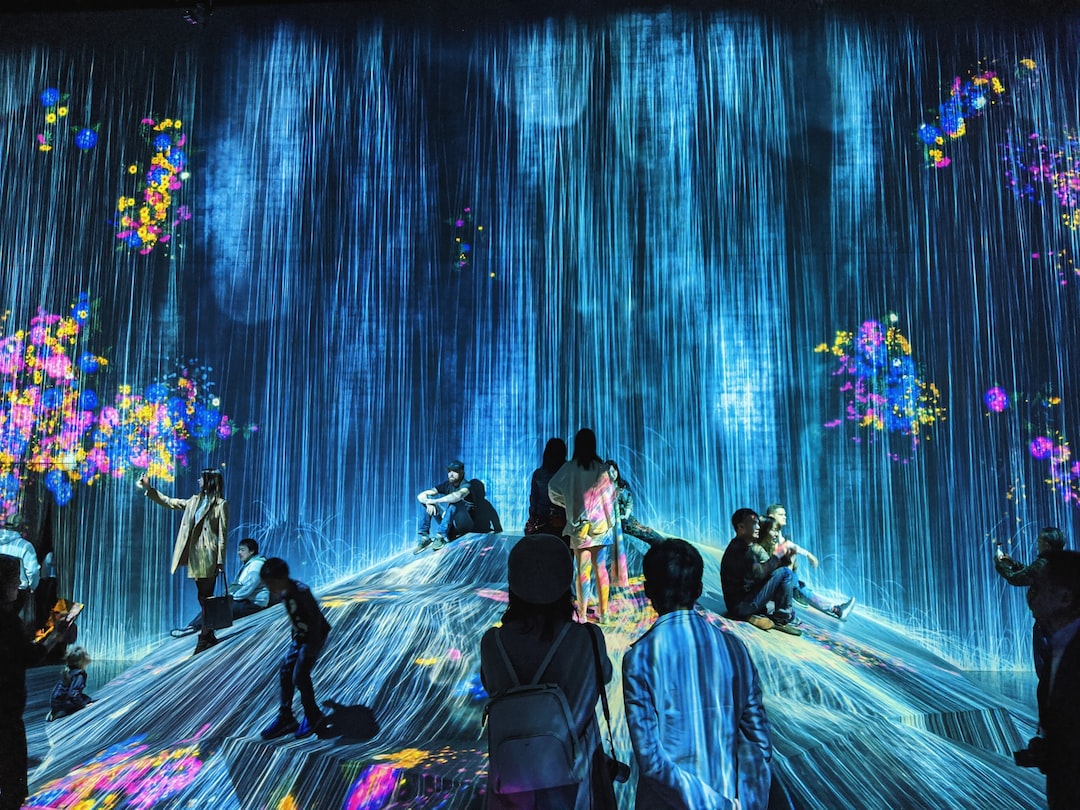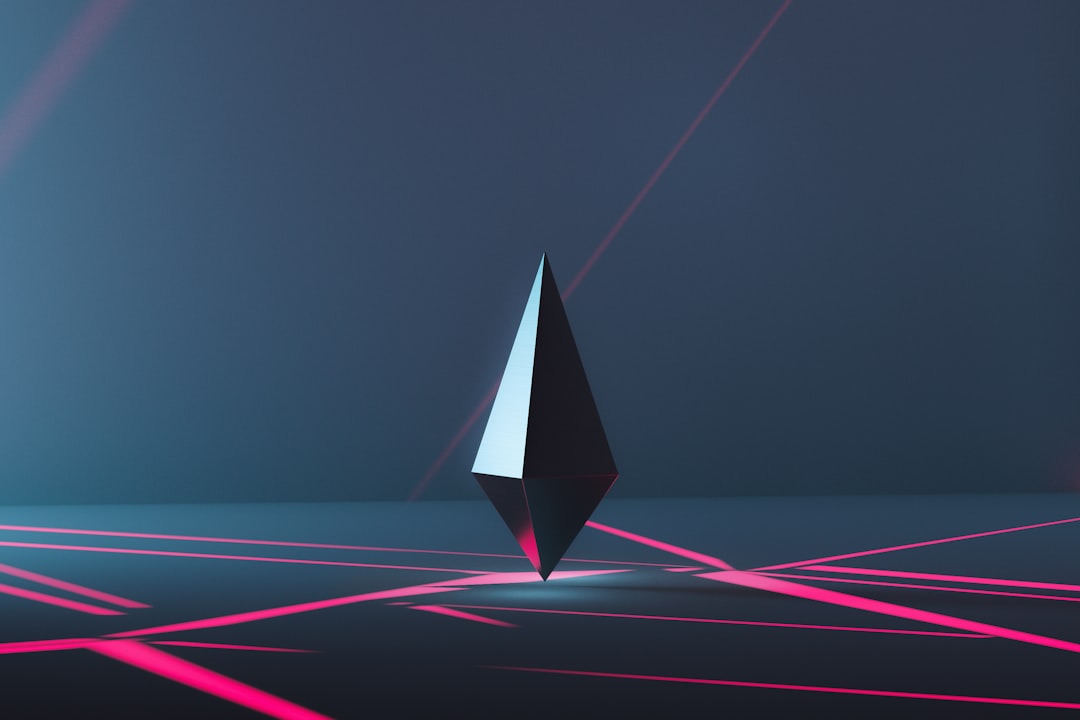Art has been a fundamental part of human history for thousands of years. From the cave paintings in ancient times to the iconic masterpieces of the Renaissance, art has always been a way for people to express themselves, tell stories, and capture the essence of the world around us.
In recent years, however, the art world has experienced a revolution. The rise of blockchain technology has opened up new possibilities for artists and collectors alike, creating a whole new market of digital art ownership that was previously impossible: Non-Fungible Tokens, or NFTs.
If you’re unfamiliar with the term, NFTs are digital assets that are verified on a blockchain, making them unique and irreplaceable. Essentially, NFTs allow artists to create and sell digital art in a way that is secure, transparent, and authenticated.
But what makes NFTs so revolutionary in the art world? In this blog post, we’ll explore the impact of NFTs on the art industry, look at some examples of successful NFT sales and collaborations, and discuss the future of NFTs in the art world. So, buckle up and let’s dive in!
What are NFTs?
NFTs or non-fungible tokens are digital assets that represent ownership of a unique item or piece of content. They are stored on a blockchain, which is a decentralized digital ledger that records transactions and ensures that no one can alter the ownership or authenticity of the asset. NFTs can represent anything from artwork, videos, music, and even tweets. The value of an NFT is derived from its uniqueness and scarcity, which makes them valuable for collectors and investors.
Although NFTs have been around for several years, it wasn’t until recently that they gained mainstream attention due to high-profile sales and collaborations with popular artists. One of the most notable examples is the sale of a digital artwork called “Everydays: The First 5000 Days” by artist Beeple, which sold for a whopping $69 million at a Christie’s auction. This sale marked a turning point in the art world and demonstrated the potential of NFTs as a new way of buying and selling art.
While NFTs have gained popularity in the art world, their applications extend far beyond that. They can be used to represent ownership of virtual real estate, gaming items, and even identities. The possibilities are endless, and it’s exciting to see how NFTs will continue to revolutionize the way we own and interact with digital assets.
However, as with any new technology, there are also concerns about the environmental impact and accessibility of NFTs. The energy consumption required to mine and trade NFTs is significant, and it’s important to find ways to reduce their carbon footprint. Additionally, the high cost of creating and buying NFTs may exclude many artists and collectors from participating in this new market.
Overall, NFTs represent a fascinating intersection between art, technology, and economics. They have the potential to democratize ownership and value creation in the digital age, and it will be interesting to see how they evolve and shape the future of various industries.
The value of an NFT is derived from its uniqueness and scarcity, which makes them valuable for collectors and investors.
How NFTs are Revolutionizing the Art World
NFTs, or non-fungible tokens, are taking the art world by storm. They are digital assets that represent ownership of a unique piece of art, music, or any other digital content. These tokens are stored on a blockchain, which makes them immutable and verifiable. Because of their unique properties, NFTs are revolutionizing the way art is bought and sold, and they are opening up new doors for artists and collectors alike.
One of the most significant ways NFTs are changing the art world is by providing a new way for artists to monetize their work. Before NFTs, artists would sell their physical artwork or digital copies, but once sold, they would no longer have control over their work. With NFTs, artists can sell their digital art as a one-of-a-kind item, which provides them with perpetual control and ownership over their work. They can also earn royalties on future sales of the artwork, which can help them make a living off of their creations.
NFTs are also making it easier for collectors to buy and sell digital art. Before NFTs, buying digital art was a risky investment because it was easy to copy and distribute without the artist’s permission. NFTs solve this problem by providing a way to prove ownership of the artwork, making it easier for collectors to sell their pieces and for artists to track the distribution of their work.
Another benefit of using NFTs for artists and collectors is the ability to collaborate on projects. With NFTs, artists can team up to create a single piece of artwork, and the ownership of the piece can be divided among the collaborators. This opens up new opportunities for artists to work together and create something unique that would not be possible otherwise.
Overall, NFTs are changing the way the art world operates. They are providing new ways for artists to monetize their work and for collectors to buy and sell digital art. They are also opening up new opportunities for collaboration and creativity. As the technology behind NFTs continues to evolve, we can expect to see even more exciting changes in the art world in the years to come.
These tokens are stored on a blockchain, which makes them immutable and verifiable.
The Benefits of Using NFTs for Artists and Collectors
When it comes to art, one of the biggest challenges that artists and collectors face is the issue of authentication. For years, it has been difficult to prove the authenticity of a piece of art, leaving artists and collectors vulnerable to fraud and theft. However, with the advent of NFTs, this issue is becoming a thing of the past.
One of the key benefits of using NFTs for artists and collectors is the fact that they provide a way to prove the authenticity of a piece of art. Because NFTs are unique digital tokens that are stored on a blockchain, they cannot be duplicated or replicated. This means that once an NFT is created for a piece of art, it is impossible for anyone to create a duplicate, providing a way to ensure that the piece is authentic.
In addition to providing a way to authenticate a piece of art, NFTs also provide a way for artists and collectors to monetize their work in a new and exciting way. Because NFTs are unique digital assets, they can be bought and sold just like physical assets. This means that artists and collectors can sell their work as NFTs and receive payment in cryptocurrency, providing a new avenue for revenue.
Another benefit of using NFTs for artists and collectors is the fact that they provide a way to track the ownership of a piece of art. Because every NFT transaction is recorded on a blockchain, it is possible to track the history of ownership of a piece of art, providing a way to prove ownership and track the value of a piece over time.
Finally, NFTs provide a way for artists and collectors to reach a wider audience than ever before. Because NFTs are digital assets that can be bought and sold online, they provide a way for artists and collectors to connect with buyers from all over the world, expanding their reach and increasing their visibility.
Overall, the benefits of using NFTs for artists and collectors are clear. From proving the authenticity of a piece of art to providing a new revenue stream, NFTs are revolutionizing the art world in ways that were once unimaginable. As the technology continues to evolve, it will be exciting to see how artists and collectors continue to embrace this new way of buying and selling art.
Because every NFT transaction is recorded on a blockchain, it is possible to track the history of ownership of a piece of art, providing a way to prove ownership and track the value of a piece over time.
Examples of Successful NFT Sales and Collaborations with Artists
The world of NFTs is still relatively new, but it has already created a significant impact in the art world. In this section, we will explore some of the most successful NFT sales and collaborations with artists so far.
One of the most notable examples is Beeple’s “Everydays: The First 5000 Days” NFT artwork, which sold for a staggering $69 million at a Christie’s auction in March 2021. This sale broke records and put NFTs on the map as a legitimate way to sell digital artwork.
Another notable collaboration is that of Grimes, the musician, and visual artist, with her NFT collection “WarNymph.” The collection, which featured digital artworks, music, and videos, sold for over $6 million in just 20 minutes. This shows the potential for artists to reach new audiences and monetize their creations in innovative ways.
Moreover, in a bid to support underrepresented artists, the Museum of Contemporary Digital Art (MoCDA) auctioned off NFT artworks by artists from marginalized communities. The collection, titled “REPLICATOR,” sold for over $200,000, with a portion of the proceeds going directly to the artists.
The success of NFTs has also reached the sports world. NBA Top Shot, a platform that offers NFTs of basketball game highlights, has sold over $700 million worth of NFTs to date. This shows that NFTs have potential beyond the art world, and the possibilities for their use are limitless.
These examples demonstrate the potential for NFTs to revolutionize the art world and beyond. NFTs offer artists and collectors new opportunities to monetize and showcase their creations, while also allowing for greater inclusivity and accessibility in the art world.
In the next section, we will look at the future of NFTs in the art world and what we can expect from this innovative technology.
In the next section, we will look at the future of NFTs in the art world and what we can expect from this innovative technology.
The Future of NFTs in the Art World
As we continue to see the growth and success of NFTs in the art world, it’s hard not to wonder what the future holds for this revolutionary technology. While it’s impossible to predict exactly how NFTs will evolve, we can make some educated guesses based on current trends and developments.
One possibility is that NFTs will become even more mainstream, with more artists and collectors embracing the technology. As more people become aware of NFTs and their potential benefits, we may see a surge in demand for these digital assets.
Another potential development is that we’ll see more experimentation with NFTs and how they can be used in the art world. Some artists may start to incorporate NFTs into their physical artwork, creating hybrid pieces that bridge the digital and physical worlds. Others may use NFTs to create entirely new forms of art that have yet to be imagined.
We may also see NFTs being used for more than just buying and selling artwork. For example, NFTs could be used as a way to authenticate physical artwork, providing a tamper-proof record of provenance. They could also be used to track and manage royalties for artists, making it easier for them to earn a living from their work.
Of course, there are also potential challenges and roadblocks that may arise as NFTs continue to gain popularity. For example, there are concerns around the environmental impact of NFTs, given the high energy consumption required for blockchain transactions. There are also questions around how to regulate the market and prevent fraud.
Despite these challenges, it’s clear that NFTs have the potential to completely transform the art world. By providing a new way for artists to monetize their work, connect with fans, and push the boundaries of what’s possible, NFTs are opening up a whole new world of possibilities. Whether you’re an artist, collector, or simply someone interested in the intersection of art and technology, it’s an exciting time to be part of this revolution.
Despite these challenges, it’s clear that NFTs have the potential to completely transform the art world.
Conclusion: The significance of NFTs for the art industry and beyond
As we wrap up our discussion on NFTs and their impact on the art world, it’s clear that we’re witnessing a major shift in the way we create, sell, and consume art. NFTs have opened up new possibilities for artists, collectors, and enthusiasts alike, allowing for greater accessibility, transparency, and innovation.
One of the biggest advantages of NFTs is their ability to authenticate and verify the ownership of digital assets, something that was previously impossible in the online realm. By leveraging blockchain technology, NFTs offer a secure and decentralized way to track the provenance of art, ensuring that artists receive proper recognition and compensation for their work.
But NFTs also offer a new way to think about art itself. As we’ve seen in our examples of successful NFT sales and collaborations, the possibilities for creativity and experimentation are endless. Artists can now explore new mediums, styles, and themes that were once limited by traditional art forms.
The impact of NFTs isn’t limited to the art world, either. As blockchain technology continues to evolve, we may see NFTs used in a variety of industries, from music and gaming to real estate and finance. The potential for innovation and disruption is enormous.
Of course, there are also challenges and concerns that come with any new technology. As NFTs become more popular, there may be issues around copyright infringement, fraud, and environmental impact. It’s important to approach this technology with a critical eye and consider the potential consequences of our actions.
But overall, NFTs represent a major step forward for the art industry and beyond. By embracing this new technology and exploring its possibilities, we can help shape a more vibrant, accessible, and equitable future for creativity. So let’s continue to experiment, collaborate, and imagine what’s possible with NFTs!





